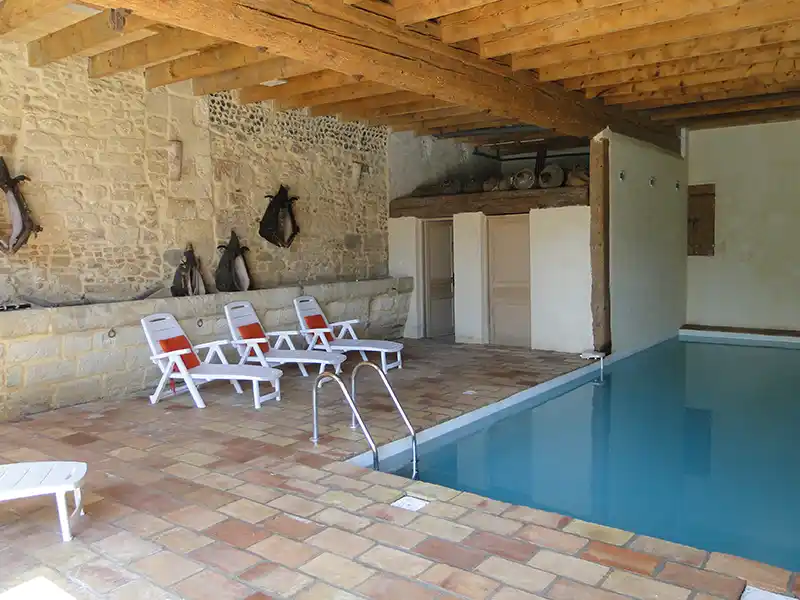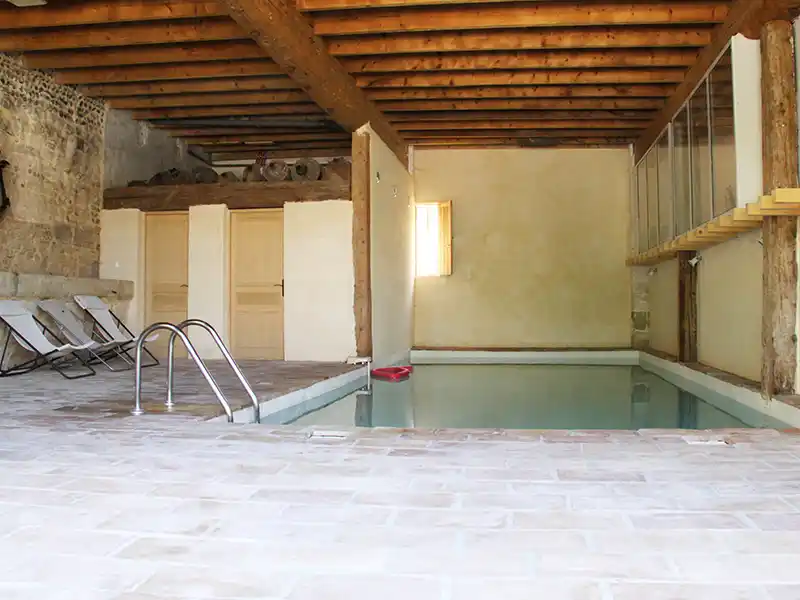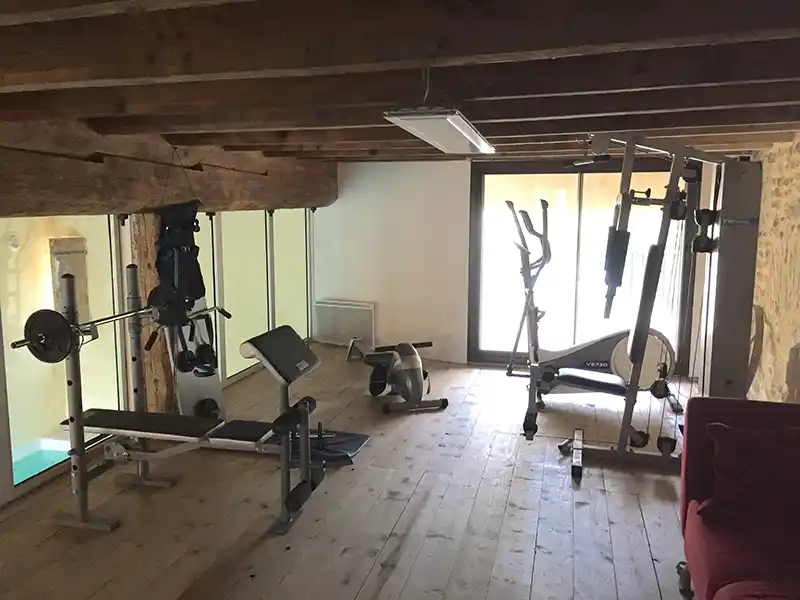The prestigious history of the Cistercian abbey of Franquevaux began in the middle of the 12th century at the ‘Castrum Belvedin’. (Beauvoisin castle).
It is said to have belonged to the Knights Templar before reverting to the family of the Viscount of Nîmes.
The former Abbey of Franquevaux was restored and transformed into gîtes and guest rooms in 1141 when a group of monks sent by the young Order of Cîteaux requested the hospitality of Lord Pierre de Belvedin..
They had crossed France on foot, led by the abbot Galthérius, with the aim of founding an abbey.
After a long search, he decided to establish his abbey in the middle of the Camargue countryside.
To do this, he took into account the isolation of the site, various criteria including telluric, even occult ...
In 1143, a local gentleman named Pons-Guillaume donated land on the banks of the vast Scamandre pond (formerly an inland sea).
The bishop of Nîmes, Aldebert, ratified this decision, making Galthérius (Gautier) the first father abbot of this spiritual epic.
The abbey was built over a period of seventy years using stone from the Fontvieille quarries, transported by boat along an ancient eastern branch of the Rhône.
It quickly became one of the most important abbeys in the Languedoc region.
Popular tradition claims that there was an ancient town in this area known as Caramignan. This tradition is not supported by any written document, but to the south of the chapel you can see the earth strewn with Roman bricks and tiles.
In the 15th century, the introduction of the ‘order’ sounded the end of the abbey, as the king rewarded his noble vassals by offering them an abbey, from which they could draw large percentages at their leisure.
On the ruins of the Abbey, where many of the stones were used to build the walls of the houses, a charming little village was born, Franquevaux, which today has around a hundred inhabitants.
Situated near the Canal du Rhône à Sète on a road that disappears into the reeds in the middle of the ponds, the village enjoys quiet, peaceful days among the black and white of the Camargue bulls and horses.









